Germanwings A319 near Cologne on Dec 19th 2010, smoke in cockpit, both pilots nearly incapacitated
The German BFU released their final report concluding the probable cause of the accident was:
The health impairments of both pilots combined with a significant limitation of the capability to perform which had occurred during the approach were very likely caused by:
- Massive development of smell in the cockpit area whose origin and spread could not be determined.
Contributing factors could have been:
- Physiological and psychological effects of the smell on both crew members
The BFU added, that no smell was noticed in the cabin.
The BFU therefore analysed that scenarios like oil leakage in engines, APU or hydraulic systems, cockpit contamination by TCP, supply of contaminated air from the outside, contamination with insecticides, de-icing fluid, use of dry-ice, carbon-monoxide, rain repellent or some sort of disease were unlikely, stating that scenario involving toxic substances like tricresylphosphate and its isomers, n-phenyl-l-naphthylamine and carbon-monoxide had been looked into, however, with respect to TCP's ortho isomer which might have caused symptoms similiar to those experienced the BFU stated: "That the TCP ortho-isomer was present during the approach to Köln/Bonn on 19 December 2010 could not be proven".
The BFU stated however:
"The BFU does not entirely rule out the following scenario:
- Smell development due to malfunctioning electrical or electronical systems on board"
and stated: "Such a contamination of the air in the cockpit or a local smell development due to an electrical malfunction could not entirely be ruled out. The BFU has knowledge of cases in which e.g. a tantalum capacitor developed an intense smell. It was a temporarily extremely unpleasant smell which forced the crew to don their oxygen masks. Determination of the cause was difficult because often these tantalum capacitors only serve as buffer amplifiers in electrical gadgets. Even if a component were defective the electronic system would still be fully functional and it would be very difficult to identify the "burnt" tantalum capacitor."
The BFU reported that the captain (35, ATPL, 8,535 hours total, 7,864 hours on type) recovered and was fit to fly after 4 days, the first officer (26, CPL, 720 hours total, 472 hours on type) needed 6 months to recover and become fit to fly again.
The BFU complained: "For the BFU it was unusual that about one year later the severity of the occurrence came to light because of new information the BFU received" stating a BFU representative had been at the aircraft 25 minutes after the aircraft landed and had talked to the captain, the captain identified as having been impaired or partially impaired indicating that he had difficulties controlling the aircraft. The first officer, who was already in the ambulance, was not interviewed, the representative not identifying it necessary as treatment in the ambulance, e.g. to prepare blood samples, was not unusual. As result the investigation was based only on QAR data and the interviews with the crew, however, did not have cockpit voice or flight data recordings available. The BFU summarised: "Due to an error in communication within the BFU the seriousness of the occurrence had not become clear."
The BFU analysed that the QAR data did not identify any anomaly in flight and flight profile except that the speed was too high during intercept of the glideslope, which however was noticed and the captain made several inputs to correct. The aircraft and flight trajectory met the criteria of a stabilized approach. The approach thus was stable and safe, the aircraft touched down in the required landing configuration and in the touch down zone of the runway.
The BFU analysed with respect to human performance: "The only source of information the BFU had, were the QAR data and the descriptions the two pilots had given, because neither CVR data, nor video recordings, nor witness reports were available. The pilots have assessed the severity of their physiological and psychological limitations with the help of a description and decision-making aid. The classification the PIC made of "Impairment" to "Partial Impairment" showed that he could perform his tasks with some, partially even great difficulties and that he made some minor errors. One example was that the landing checklist was completed after the pilot monitoring had reminded them to do so. The co-pilot described the impairment of his performance capabilities as "Partial Incapacitation" which means he could carry out his tasks with great difficulties only. In summary, the BFU has come to the conclusion that neither of the two pilots suffered "full" incapacitation. However, both were significantly impaired in their capacity to perform. The co-pilot was more gravely affected than the PIC. This assessment was confirmed by the analysis of the course of the flight between the beginning of the occurrence and the parking of the airplane at the parking position. In spite of severe limitations the crew was able to bring the flight to an end in a controlled fashion."
With respect to use of resources and response to the fumes and recognition of impairment the BFU analysed: "The decision of the PIC to conduct the approach and landing manually instead of automated was noteworthy. In general, the automated conduct of flight is supposed to be a relief for flight crews which should also be true for abnormal situations. The BFU is of the opinion that an autoland would have posed risks because the required operating conditions for the instrument landing system on the ground could not be guaranteed in the short time available." and concluded: "The BFU does not question the pilot's decision to fly and land manually after the occurrence had happened. The justification that the situation had scared him, and he then rejected the thought to conduct an autoland pretty fast, because he would have had to consider too many things, was understandable. When the BFU reviewed the course of action, the argument and the sense of the PIC that due to his long-term experience the control of the airplane would occur "automatisiert" (automated) were taken into consideration. The fact that approach and landing were stabilised and safe shows that the PIC had estimated his options in this situation correctly."
http://avherald.com/h?article=434e753b/0019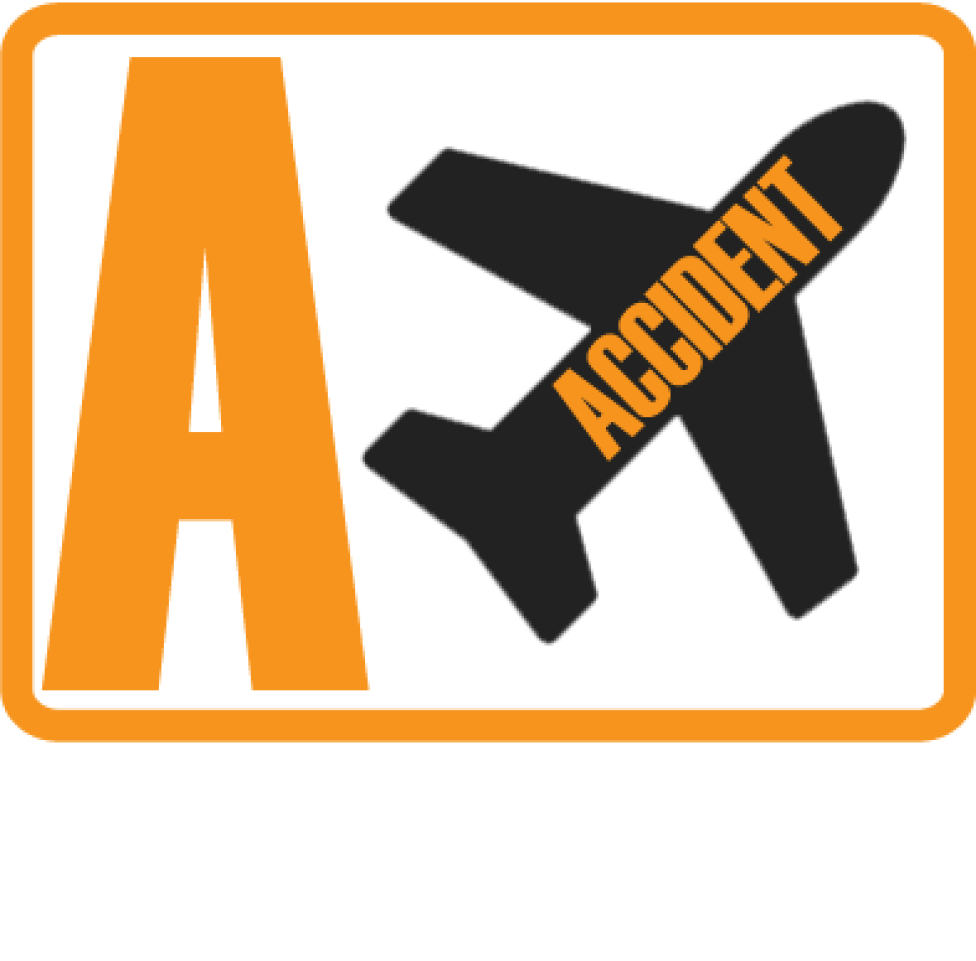

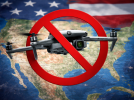
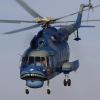



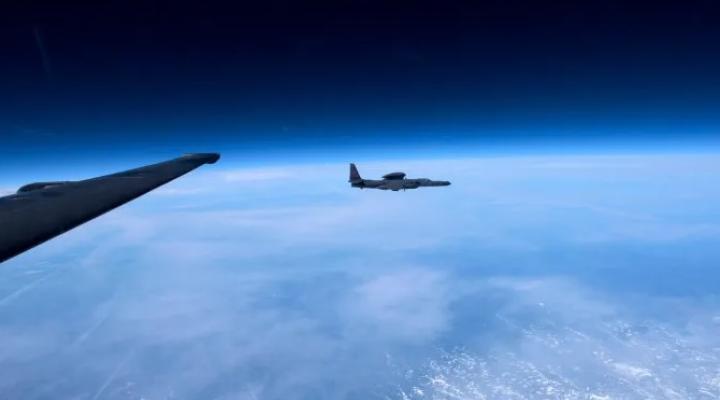
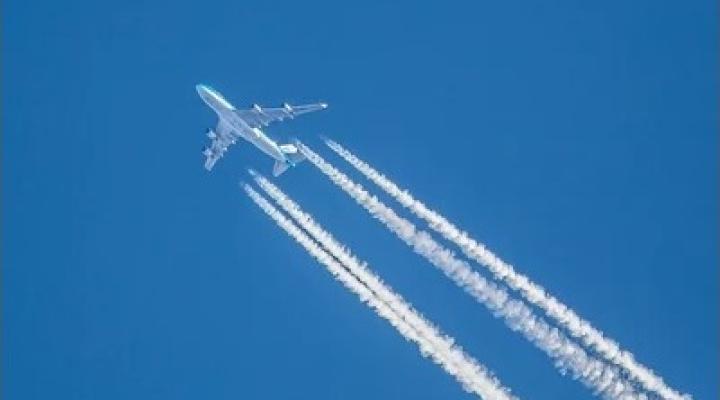


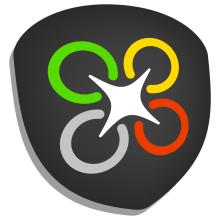



Komentarze